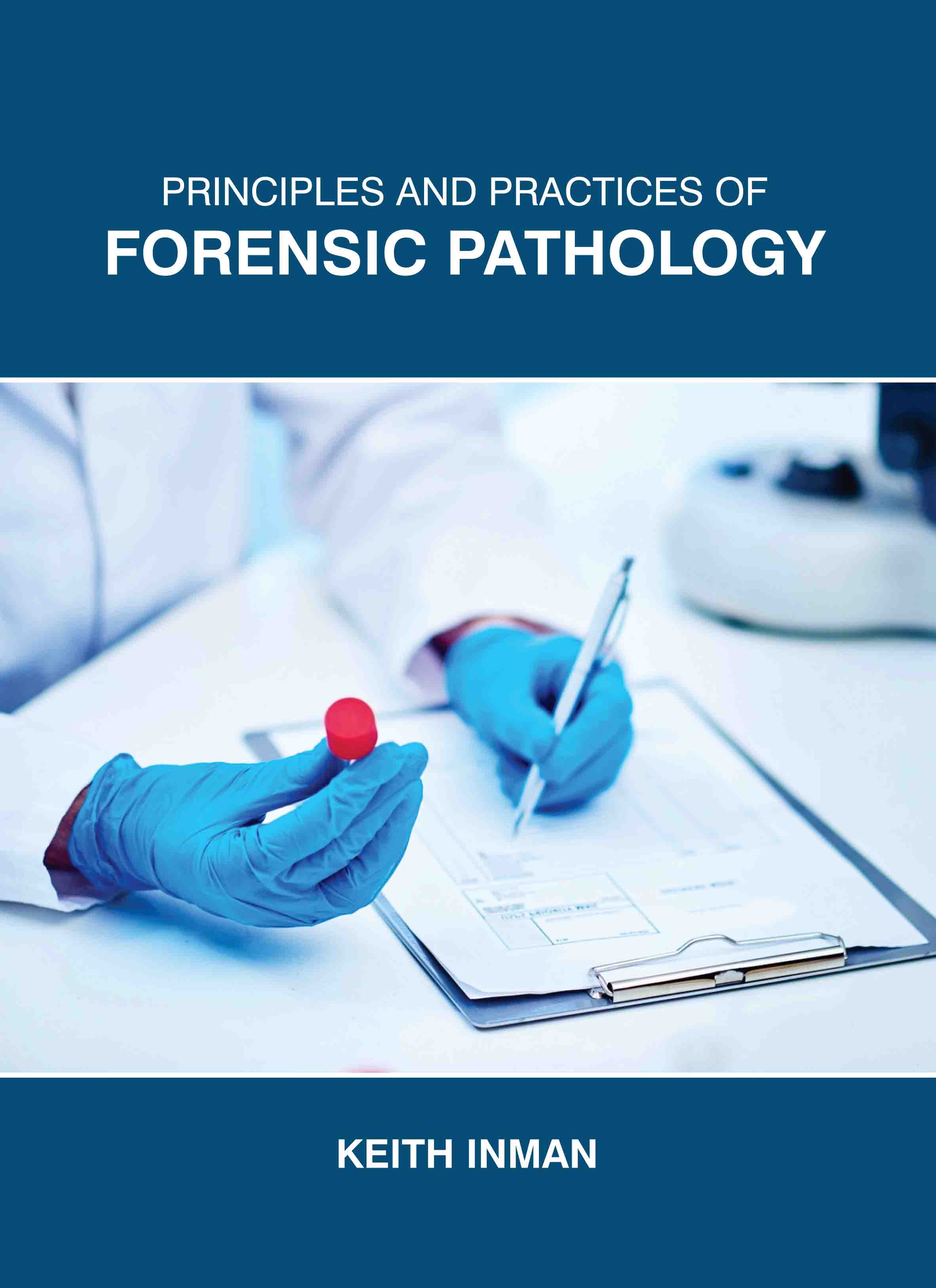
Principles and Practices of Forensic Pathology
by Keith Inman
| ISBN | 9781835351864 |
|---|---|
| Publisher | EDTECH PRESS |
| Copyright Year | 2025 |
| Price | £160.00 |

by Keith Inman
| ISBN | 9781835351864 |
|---|---|
| Publisher | EDTECH PRESS |
| Copyright Year | 2025 |
| Price | £160.00 |
An application of medical law is forensic pathology. A medical professional who has finished training in anatomical pathology and chosen to specialise in forensic pathology is known as a forensic pathologist. Different nations have different standards for what it takes to become a "fully qualified" forensic pathologist. A forensic pathologist is responsible for determining the cause and manner of death in cases of suspicious death. In the United States, each state has its own laws defining what counts as a forensic case and a framework for carrying out forensic pathology's duties. A chief medical examiner, who must be a doctor, is appointed by a city or county in many states that use the medical examiner system. The practical responsibilities of the forensic pathologist are carried out by a number of associate medical examiners who report to the chief medical examiner. In some states, the coroner system is used, where the chief officer may not be a doctor and instead hires forensic pathologists to perform the essential tasks. A medical discipline called pathology is the study of illness. Through the process of an autopsy, a type of surgery, pathologists can examine disease. During an autopsy, tissues and organs are taken and inspected under a microscope as well as looked at for signs of disease and damage. The pathologist can learn more about a disease by analysing bodily fluids like blood or urine. The investigation techniques and processes that result in accurate determinations of death by homicide, accident, or suicide are examined in the book.